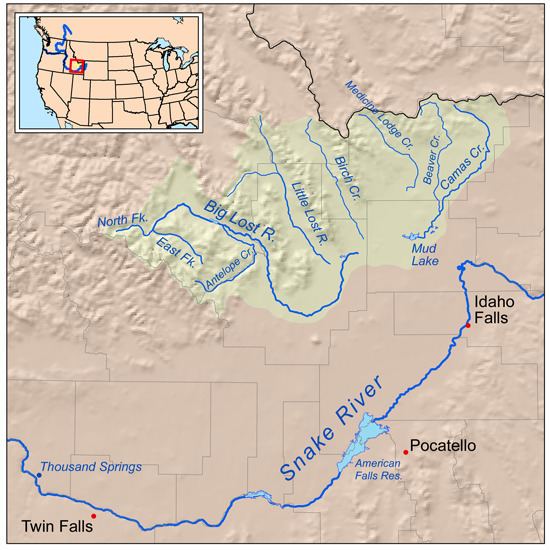 | ||
A losing stream, disappearing stream or influent stream, is a stream or river that loses water as it flows downstream. The water infiltrates into the ground recharging the local groundwater, because the water table is below the bottom of the stream channel. This is the opposite of a more common gaining stream (or effluent stream) which increases in water volume farther down stream as it gains water from the local aquifer.
Losing streams are common in arid areas. Losing streams are also common in regions of karst topography where the streamwater may be completely captured by an underground cavern system, becoming a subterranean river.
Examples
Examples of losing streams include:
References
Losing stream Wikipedia(Text) CC BY-SA
